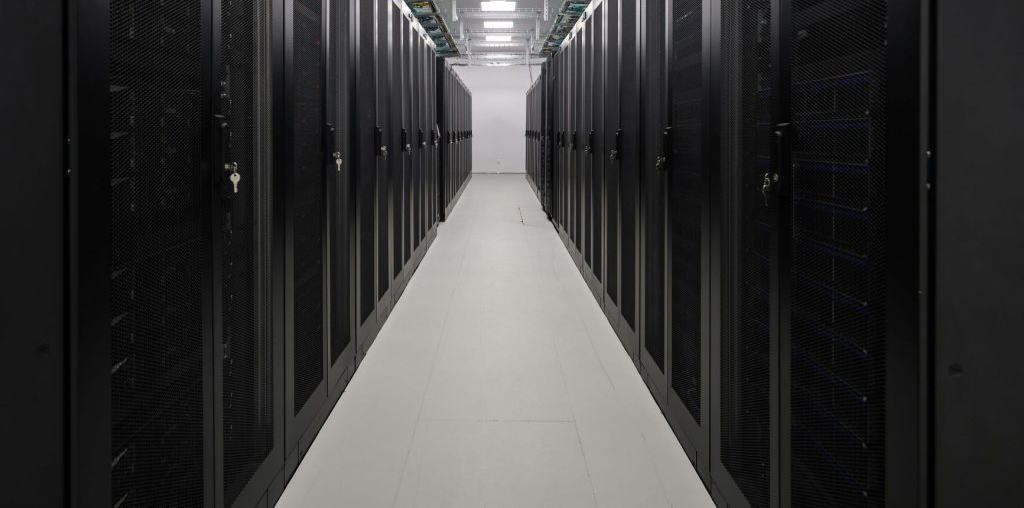Underused resources, wasted energy, and high operational costs. INESC TEC is leading a project that aims to propose alternatives to how computing resources are organised and managed.
Today’s supercomputers promise to boost science and artificial intelligence like never before — but the environmental cost is high: it is estimated that data centres, where large volumes of data are processed, already account for 13% of all global energy consumption. The European project DisaggregatedHPC, coordinated by INESC TEC, wants to change that. The answer? A new model of resource management — more efficient, more flexible, and much more environmentally friendly.
The project, led by INESC TEC in collaboration with the NARLabs institute in Taiwan, proposes a paradigm shift in how computing resources are organised and managed. How? Ricardo Macedo, INESC TEC researcher, explains: “Current resource management in HPC follows a rigid model, where computational resources — CPU, GPU, memory — from one or more servers are allocated exclusively to a single user. While this is excellent for preventing performance variability, it often results in fragmentation and underuse of resources due to workload heterogeneity and requirements, compromising the efficiency of the entire infrastructure.”
The multidisciplinary collaboration between INESC TEC and NARLabs — a centre specialising in HPC research and operations — targets three main goals: analyse resource usage in real infrastructures – using data collected from supercomputing infrastructures; create a software-managed disaggregation platform – combining HPC practices with cloud computing principles; and develop a validation prototype for this architecture.
Resource disaggregation is already a known practice in cloud computing environments. “Fundamentally, instead of bundling computing resources into a single server, as is traditionally done, disaggregation allows these resources to be made available independently, as shared services within a common infrastructure,” outlines the researcher.
Imagine a conventional server where all resources are grouped: if an application needs more memory, even if the CPU is underutilised, it is not possible to allocate additional memory without replacing or adding a new server. With disaggregation, it becomes possible to dynamically allocate only the necessary resources from this shared service. What DisaggregatedHPC proposes is to bring this level of elasticity to HPC systems, without compromising the performance required for large-scale scientific applications.
Bringing the disaggregated resource model, as practised in the cloud, into the context of advanced computing is not a straightforward process — it would imply a profound overhaul of the entire hardware and software ecosystem of current supercomputers, involving costs in the millions of euros.
“That’s why one of the main goals of our project is to act as an intermediate solution: to maintain the physical infrastructure as it is (with the traditional server organisation), but to equip the software layer with mechanisms that simulate a disaggregated system. In this way, we can dynamically allocate resources, improve performance, increase infrastructure efficiency and reduce its energy consumption,” says Ricardo Macedo.
DisaggregatedHPC: Towards energy-efficient, software-managed resource disaggregation in HPC infrastructures will run for around one year and will contribute to greener supercomputing by March 2026.
The researcher mentioned in this news piece is associated with INESC TEC.



 News, current topics, curiosities and so much more about INESC TEC and its community!
News, current topics, curiosities and so much more about INESC TEC and its community!